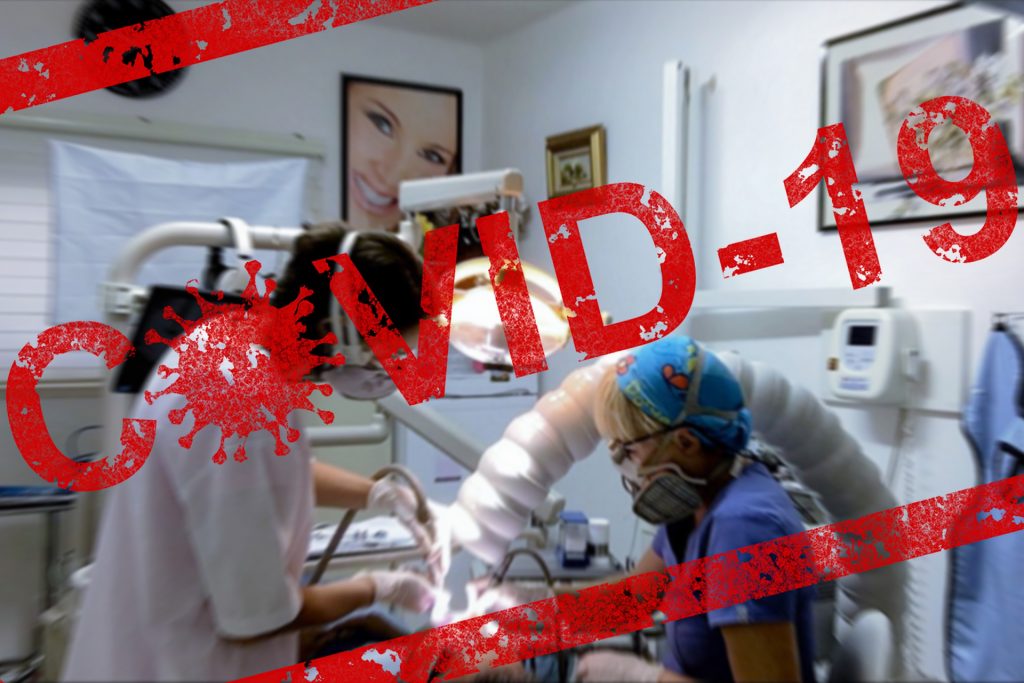COVID-19 pandemic is affecting healthcare networks around the world. The rapidly rising pressure for healthcare services and healthcare staff is starting to leave some health systems overstretched and incapable of functioning efficiently. Past outbreaks have demonstrated that deaths from vaccine-preventable and other treatable diseases will also increase significantly when health services are overloaded.
While doctors aim to keep their practices absolutely open to overcome revenue loss, amid the COVID-19 pandemic, steps to restrict the transmission of the SARS-CoV-2 virus to patients, families, staff, and themselves are as important as ever, if not more so.
- The U.S. Centers for Disease Control and Prevention (CDC) has developed a structure for the delivery of non-COVID-19 treatment.
- The Medicare & Medicaid Treatment Centers (CMS) has also released and revised its guide for reopening facilities to offer non-emergent, non-COVID-19 support.
U.S. Centers for Disease Control and Prevention (CDC) Framework
The U.S. Centers for Disease Control and Prevention (CDC) says that while the pandemic persists, healthcare programs need to balance the need to provide the required resources while reducing harm to patients and healthcare workers. As the effects of COVID-19 vary across communities, healthcare systems will also need to consider the local level of COVID-19 transmission when making medical service delivery decisions. Practitioners need to consider the following points:
- Stay updated. For region-specific information and guidelines, check periodically with the State or municipal health authority. Track patterns in counts and deaths in local patients, particularly for communities at higher risk of serious illness.
- Ensure sufficient HCP staffing and bed space, the supply of personal protective equipment and other materials, and access to other essential resources in case needed to respond to a storm. Throughout the COVID-19 pandemic, discover how healthcare programs can work efficiently.
Provide medication in the safest way possible
- To eliminate the need for in-person care, optimize telehealth systems, wherever necessary and relevant.
- Employ approved infection prevention procedures to deter infectious agents spread including screening all patients for COVID-19 signs and symptoms, uniform source management, and COVID-19-specific infection control practices. Also, be aware of COVID-19 prevention of healthcare infections and monitor relevant guidelines for your environment.
Consider that services may need to expand progressively
- Based on the local epidemiology and in agreement with state and local officials' recommendations, be ready to expand the essential care.
- The prioritized services, if delayed, are most likely to cause patient harm.
- Also, keep at-risk populations on priority who are likely to benefit from these services. The at-risk group will include people with serious chronic health problems, people at-risk due to delayed treatment complications, or those lacking telehealth access.
Medicare & Medicaid Treatment Centers (CMS) Guide for Non-COVID Support
Let’s take a look at the significant recommendations by the Medicare and Medicaid Treatment centers:
- Wherever available and necessary, the optimization of telehealth services is to be recommended to eliminate in-person support demand. Need to ensure that people with disabilities are given effective tools for proper communication; it’s a core component of telehealth systems optimization.
- All patients with severe COVID-19 symptoms must continue to shelter on the spot unless their conditions demand healthcare in-person.
- For treatment that cannot be delivered virtually, these recommendations, which are a part of a set of recommendations, would positively guide healthcare programs, clinicians, and hospitals as they focus on providing in-person services to non-COVID-19 patients in regions where COVID-19 rates are lower or diminishing without a rebound.
If required and medically appropriate, non-emergent, non-COVID treatment (NCC) should be provided to patients in areas or hospitals with the capacity to deliver such services, as well as the capability to respond immediately to a spike in COVID-19 cases, when applicable. Decisions should be consistent with the recommendations of the Federal, State, and state agencies and the CDC.
Apart from keeping all aspects of medical services under consideration, smart planning would be required to provide the best in-person care to patients requiring NCC. For instance:
- Availability of adequate services, staff, PPE virus monitoring, and equipment in the healthcare sector for all stages of treatment.
- Availability of adequate staff and treatment supportive tools (such as physicians, nurses, anesthesia, laboratory, screening, pathology service, and post-acute treatment)
To operate during Covid-19, the CMS guide further gives 31 recommendations divided among the following categories:
- General Consideration
- Faculty Consideration
- Testing for SARS COV-2 to Ensure Safer Patient and Staff Care
- PPE and Supplies
- Workforce Availability
- Sanitation Protocols
It’s critical for the healthcare services providers including dental practitioners to operate as per the provided guidelines. It will ensure the safety of both clinical staff and the patients during Covid-19. We request the healthcare providers to go through government guidelines on Covid-19 as everyone’s safety is paramount.
